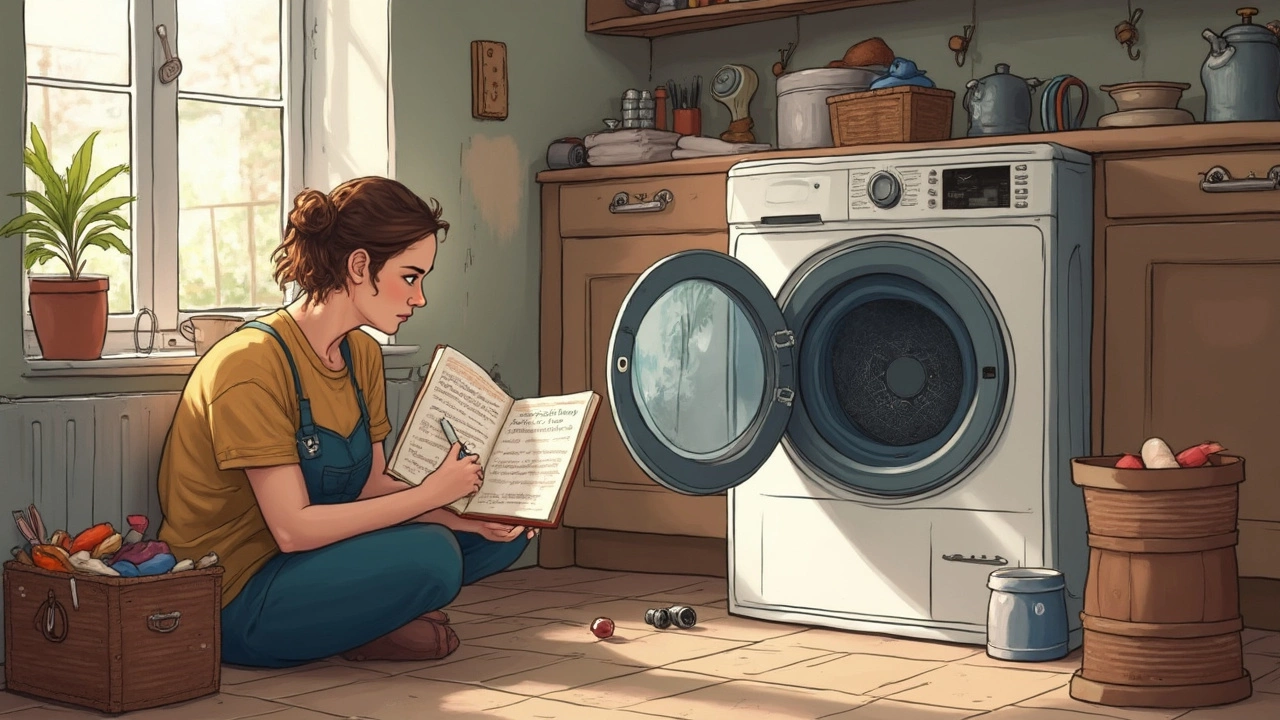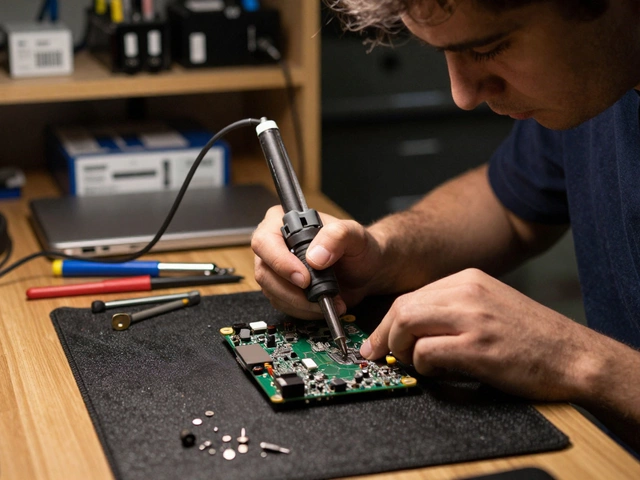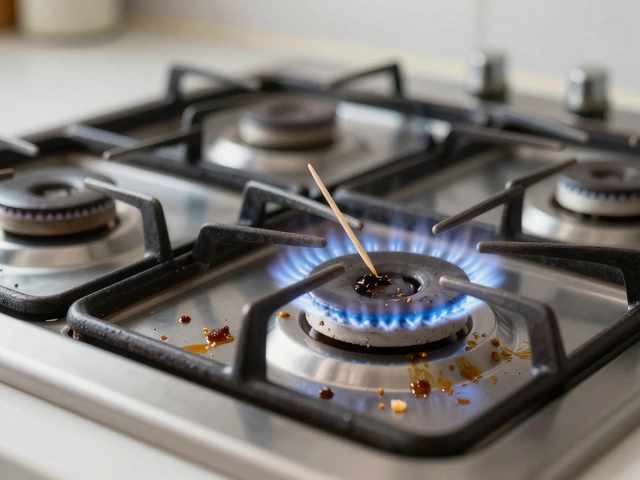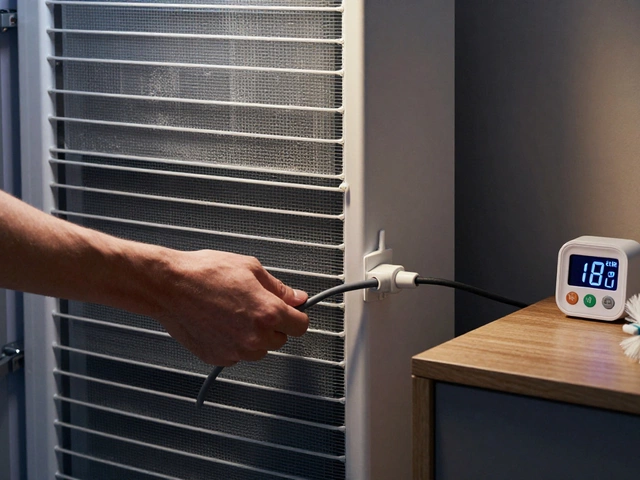So your dryer's acting up, and you're not quite sure where to start? Don't worry; you're not alone. Let's kick things off by addressing those moments when you press the start button, and nothing happens. This is usually due to a power issue, like a tripped breaker or a lose plug. First, make sure the dryer is properly plugged in. If that's all good, check your breaker box to see if a switch has tripped.
Another common hiccup is when the dryer runs but doesn't heat up. This can be a real head-scratcher, right? Often, the culprit is either the thermal fuse or heating element. Both of these parts can fail, leaving your clothes damp. Identifying and replacing these may seem intimidating, but it really just takes a bit of DIY spirit and possibly a screwdriver.
Dryer Not Starting
So, you hit the start button and nothing happens. Frustrating, isn't it? Before you panic, let's go through a few things you can check yourself.
Check the Power Supply
First up, make sure your dryer is actually plugged in. It sounds simple, but you'd be surprised how often this is the issue. If it's plugged in and still not working, take a look at your circuit breaker. Sometimes, the dryer might trip a breaker, especially if there are other appliances running at the same time.
Examine the Door Switch
If the power supply isn't the problem, it might be the door switch. This little guy tells the dryer that the door is shut tight and it's safe to start. If it's faulty, the machine won't even start spinning. You can test it with a multimeter to see if it's working right.
Look at the Start Switch
Still no luck? The next suspect could be the start switch itself. When you press that button, it's supposed to send a signal to the dryer to start up. If it’s broken, nothing’s gonna happen. This might require popping the control panel to test it with a multimeter, just like the door switch.
Consider the Thermal Fuse
If your dryer is still playing dead, check out the thermal fuse. It's there to keep your dryer from overheating, but when it blows, the dryer won’t start. Replacing a burnt thermal fuse usually solves the problem, and it's a straightforward fix you can do.
Let's not forget, a little maintenance goes a long way in keeping your dryer happy. Regular checks can save you a world of hassle down the line.
Heating Problems
If there's one thing that can really throw a wrench in your laundry day, it's a dryer that isn’t heating up. This is actually one of the more common dryer problems, but fortunately, it's often something you can fix yourself.
Check the Thermal Fuse
The thermal fuse is like a safety net for your dryer, preventing it from overheating. When it blows, your dryer won’t heat up at all. It's typically located on the blower housing or at the dryer's heat source, such as the heating element. Replacing it is usually straightforward. Just make sure you always disconnect your dryer from power before starting!
Inspect the Heating Element
Another likely suspect is the heating element itself. Over time, it can burn out, which stops your dryer from generating heat. A quick multimeter test can help determine if it's functioning properly. If it’s dead, swapping it out isn't as scary as it sounds. It usually involves unscrewing a panel and unplugging the old one before putting a new one in its place.
Verify the Thermostat
Your dryer’s thermostat regulates temperature levels. If it’s faulty, it might either prevent the dryer from heating or cause it to overheat. Either situation is problematic, so it's wise to check it if you suspect heating issues. Thermostats are fairly simple to replace, and you can usually find guides online for your specific dryer model.
Checking Airflow
Sometimes, the issue isn’t with the components but rather airflow. A blocked vent or lint screen can restrict air, impacting heating. Regular cleaning of these parts ensures your dryer maintains optimal performance and efficiency.
Addressing these dryer repair issues not only helps solve the problem but also extends your dryer's lifespan, making these minor chores well worth the effort.

Odd Noises
If your dryer sounds more like a rock concert than the gentle hum of a machine, it's time to investigate. Odd noises are often a telltale sign that something's not quite right. The tricky part is that these sounds can come from a bunch of different problems, so let's break them down.
Thumping or Rattling
When your dryer is thumping or rattling, it usually means something has come loose. First, make sure there are no loose items in the drum like coins or buttons. If the drum's clear, the problem might be with the rollers. These small wheels support the drum and can wear out or come loose over time. Replacing them is generally a straightforward task.
Squealing or Screeching
Noises that remind you of a horror soundtrack, like squealing or screeching, are often linked to a worn dryer belt or malfunctioning idler pulley. The belt wraps around the drum, and when it's worn or the pulley is faulty, they'll let you know with noise. Thankfully, swapping out these parts can bring peace and quiet back to your laundry room.
Grinding Sounds
Grinding sounds often signal trouble with the dryer bearings. These bearings support parts of the dryer and help ensure smooth rotation. If they're worn down, you'll hear it. Replacing them sooner rather than later is a good idea to prevent further damage.
Here's a quick troubleshooting tip: try spinning the drum by hand when the dryer is off. If it doesn't move smoothly, you'll likely be dealing with a bearing or roller issue.
Noise Sources
Sometimes, noise isn't from the dryer itself but instead from its surroundings. Check to ensure it's level on the ground and not vibrating against anything. Move it around slightly to check for any knocking or rubbing noises coming from vibration with adjacent items.
Regular Maintenance Tips
Keeping your dryer in top shape doesn't have to feel like rocket science. With a few regular maintenance habits, you can avoid many common dryer problems and extend the life of your appliance.
Clean the Lint Filter
Every time you use your dryer, make it a point to clean the lint filter. Why? A clogged filter not only reduces efficiency but it's a potential fire hazard. So, after each load, take a second to pull the filter out and remove the lint. Easy peasy.
Inspect and Clean the Vent System
Your dryer's vent system can secretly harbor lint and debris that impact performance. At least once a year, disconnect the vent from the dryer and give it a good clean. You'll help your dryer breathe easier, and your clothes will dry faster too.
Check the Drum and Seal
Every few months, take a peek inside the drum. Look for any wear and tear, especially around the drum seal which helps maintain air flow. If you spot any damage, replacing the seal can improve drying efficiency.
Use the Right Settings
Using the proper settings can actually help with tumble dryer maintenance. For heavy loads like towels and jeans, use high heat settings, while lighter loads benefit from air dry or lower temperatures. This not only ensures optimal drying but reduces unnecessary stress on your dryer parts.
- Take out the lint filter.
- Remove any lint and wash the filter with warm soapy water if needed.
- Disconnect the vent pipe and clear debris using a vent brush or vacuum cleaner.
- Reattach the vent, making sure it's secure and not crimped.
Consider a Professional Check-Up
Every now and then, it doesn't hurt to call in a pro to give your dryer a once-over. They can catch issues that might not be obvious, saving you time and money down the line.
By sticking to these dryer repair tips, you'll not only prevent problems but also make sure your dryer is safe and efficient, helping you save on energy bills while enjoying fresh, dry laundry.





